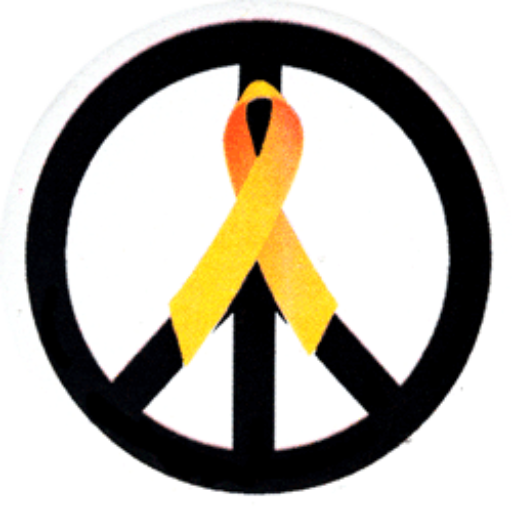How Many U.S. Troops Have Been Targeted by ANA Troops?
When a NATO troop is killed by an Afghan in uniform, that death is reported. But The Associated Press has learned from a U.S. official granted anonymity in order to give a fuller picture of the “insider” problem, that when an Afghan in uniform wounds — or misses — his U.S. or allied target, the attack is not reported. Nor are the number of troops wounded who were attacked alongside those who were killed reported.
In recent weeks a soldier in the Afghan National Army (“ANA”) opened fire on a group of American soldiers but missed the group entirely. The Americans quickly shot him to death. Not a word about this was reported by the International Security Assistance Force (“ISAF”).
ISAF also said nothing about an April attack in which two Afghan policemen in Kandahar province fired on U.S. soldiers, wounding two. Reporters learned of it from Afghan officials and from U.S. officials in Washington. The two Afghan policemen were shot to death by the Americans present.
The April attack that killed U.S. Army Special Forces soldier, Staff Sgt. Andrew T. Brittonmihalo, 25, of Simi Valley, Calif., also wounded three other American soldiers. The death was reported by ISAF as an insider attack, but it made no mention of the wounded — or that an Afghan civilian also was killed.
The attacker was an Afghan Special Forces soldier who opened fire with a machine gun at a base in Kandahar province. He was killed by return fire. That attack apparently was the first by a member of the Afghan Special Forces, who are more closely vetted than conventional Afghan forces, and are often described by American officials as the most effective and reliable in the Afghan military.
Coalition officials do not dispute that such non-fatal attacks happen, but they have not provided a full accounting.
Jamie Graybeal, an ISAF spokesman in Kabul, disclosed that in most of the fatal attacks a number of other NATO troops were wounded. By policy, the fact that the attacks resulted in wounded as well as a fatality is not reported because the coalition does not have consent from all coalition governments to do so. “All releases must be consistent with the national policies of troop contributing nations.”
Graybeal said a new review of this year’s data showed that the 10 fatal attacks this year resulted in the deaths of 19 ISAF service members. Most of those killed this year have been Americans but France, Britain and other coalition member countries also have suffered fatalities.
Graybeal said each attack in 2012 and 2011 was “an isolated incident and has its own underlying circumstances and motives.” Last May, however, an unclassified internal ISAF study, called “A Crisis of Trust and Cultural Incompatibility,” concluded, “Such fratricide-murder incidents are no longer isolated; they reflect a growing systemic threat.” It said many attacks stemmed from Afghan grievances related to cultural and other conflicts with U.S. troops.
Until now there has been little public notice of non-fatal insider attacks, even though they would appear to reflect the same deadly intent as that of Afghans who succeed in killing their foreign partners.
The insider threat has existed for years but has grown more deadly. The U.S. and its military partners are working more closely with Afghan troops in preparation for handing off security responsibility to them by the end of 2014. Training ANA troops will be a major emphasis of U.S. military personnel in the next 12 years. It is likely that many more of our troops will be killed or wounded by Afghans in uniform.
[see http://www.marinecorpstimes.

